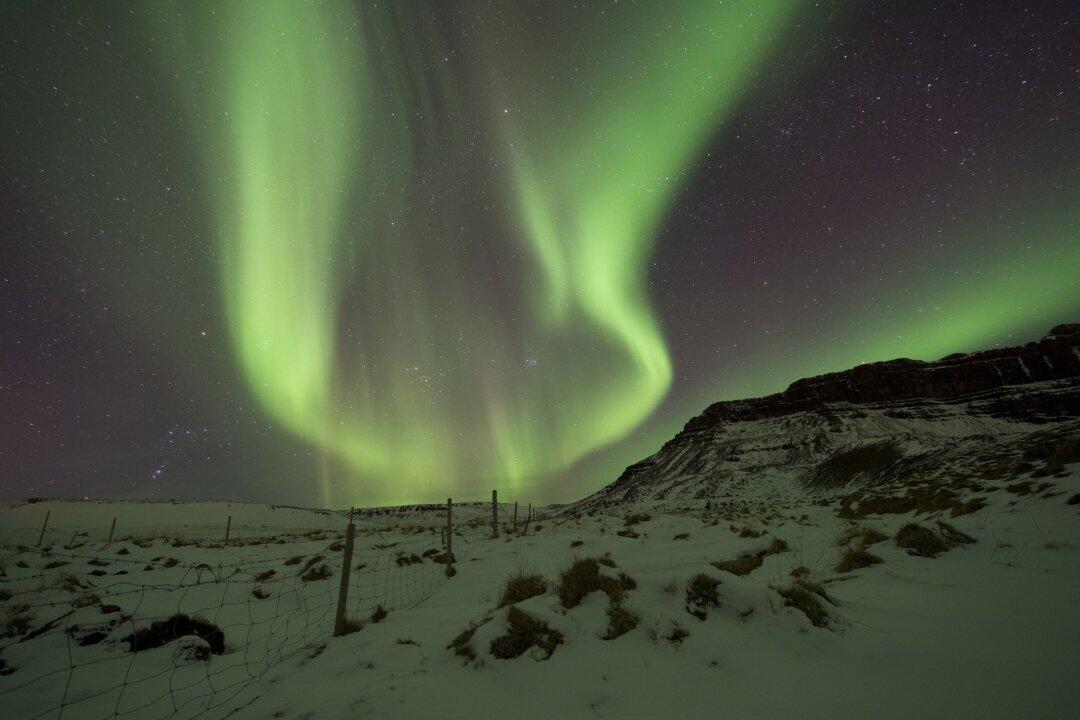New York and Chicago residents could see the Northern Lights, or the aurora borealis, over the weekend due to a coronal mass ejection (CME) from the sun, according to U.S. weather officials.
The National Oceanic and Atmospheric Administration (NOAA) posted a map on March 20, saying that a “G2 (Moderate) geomagnetic storm watch is in effect for the 23 March, 2019 ... due to anticipated CME arrival.”





